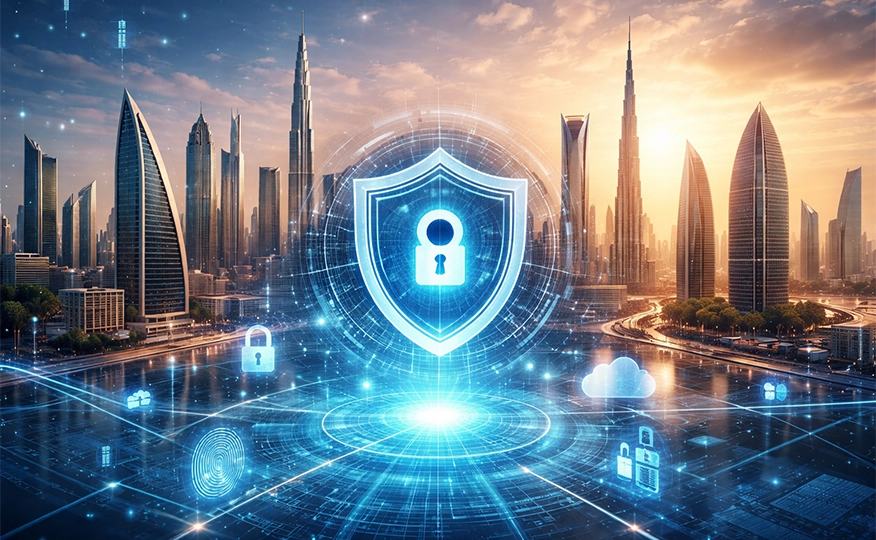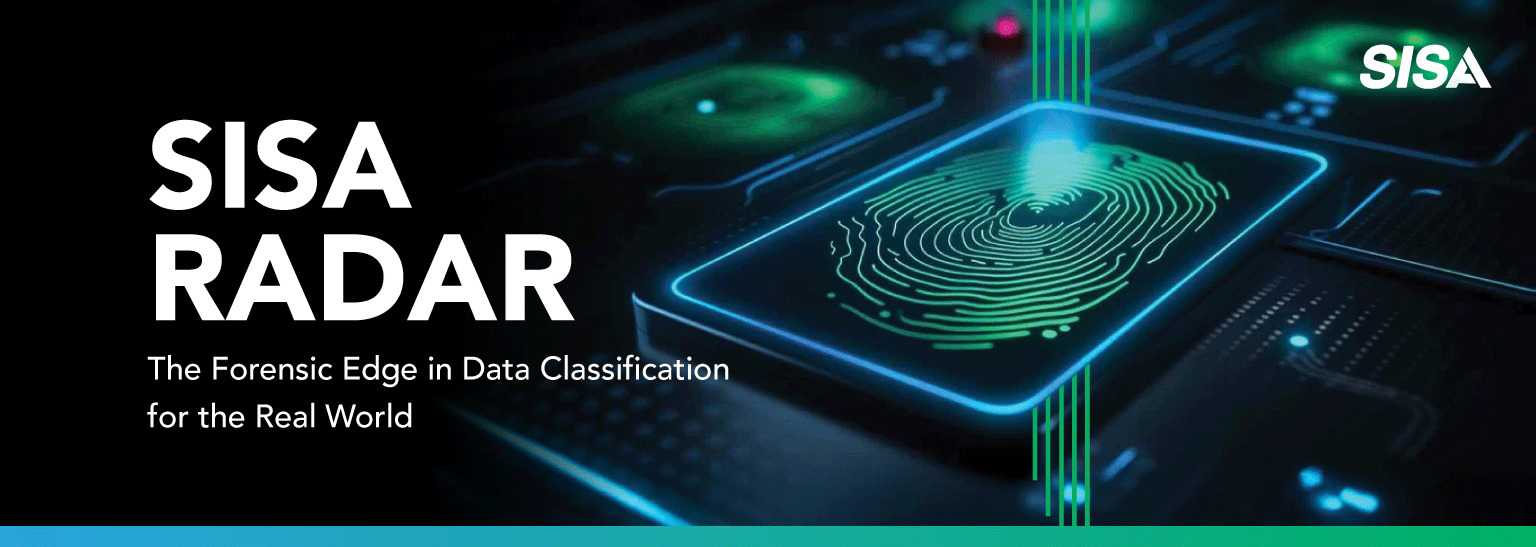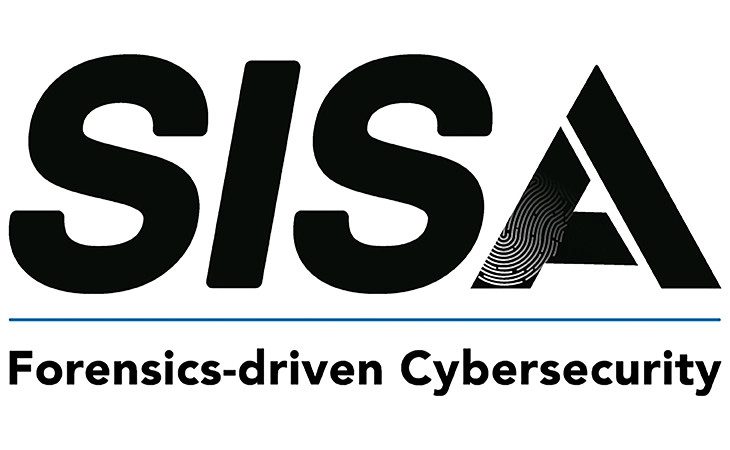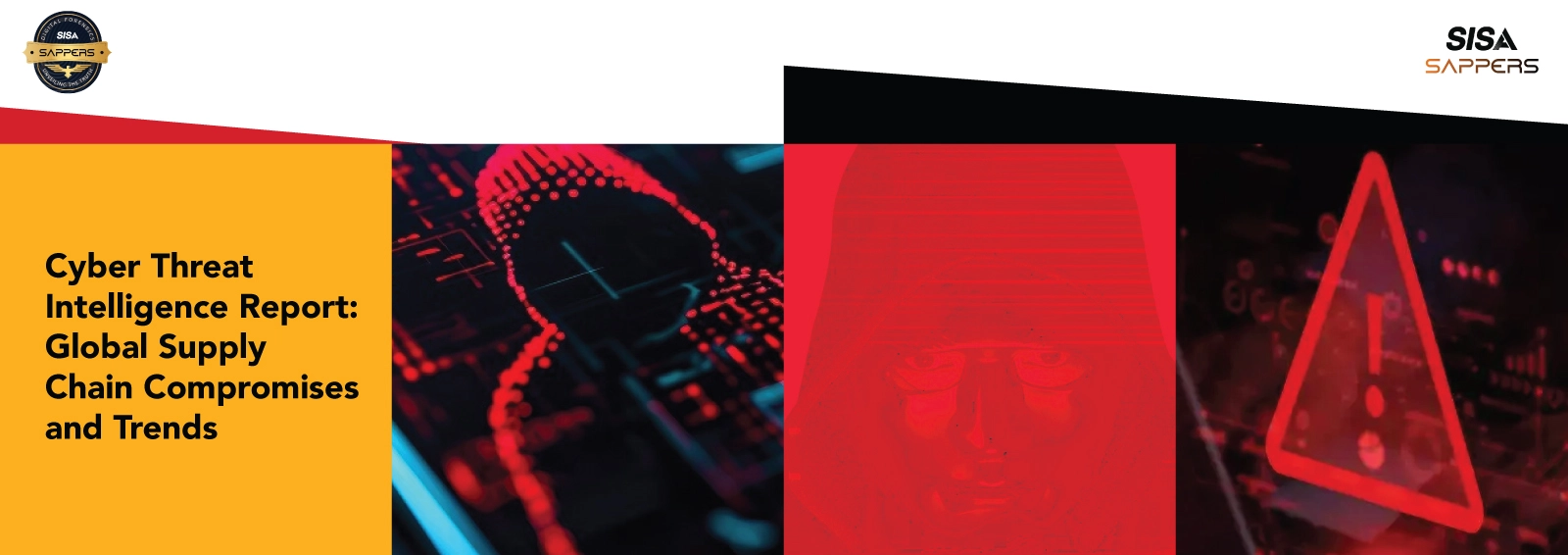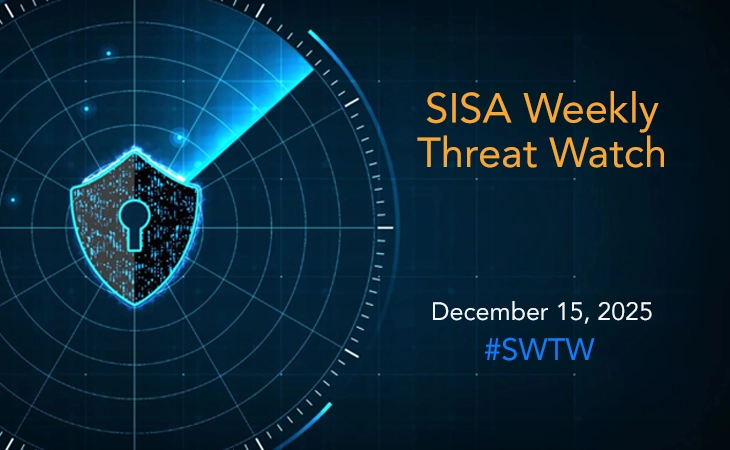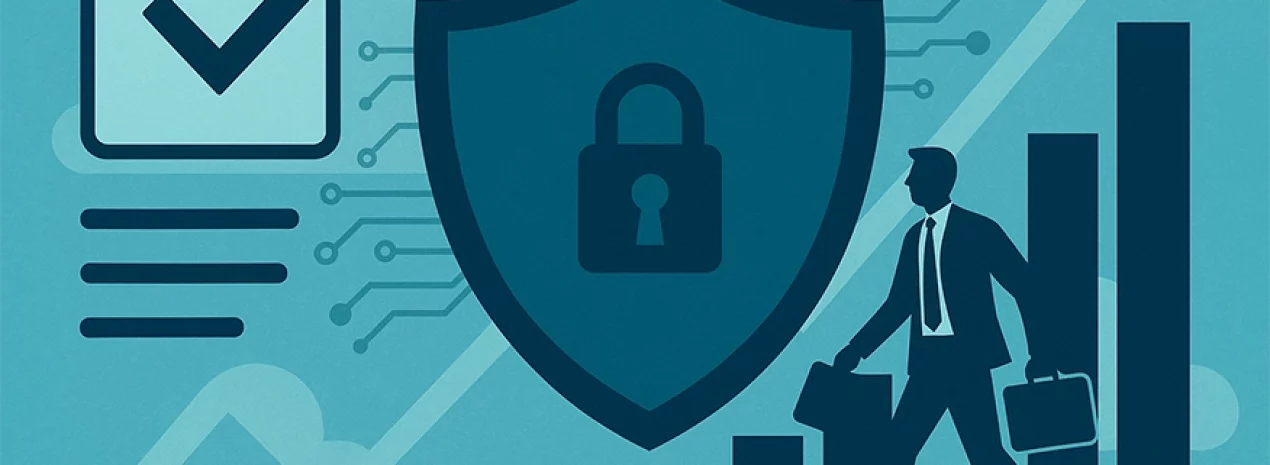
From Checkbox to Catalyst: How Cybersecurity Compliance Is Becoming a Strategic Enabler
Introduction
Cybersecurity compliance is undergoing a profound transformation. What was once viewed as a routine checklist exercise to satisfy auditors, is now a dynamic, strategic function at the heart of enterprise resilience and trust. The convergence of cybersecurity and regulatory frameworks is reshaping how organizations think about risk, governance, and accountability. The shift in outlook is further triggered by three key forces, that are driving the transformation.
Rise in cyber threats: The rising frequency and complexity of ransomware campaigns, software supply chain compromises, and state-sponsored advanced persistent threats (APTs) has made it clear that compliance failures are not abstract or theoretical—they translate into direct operational and financial disruption. A compliance lapse is no longer a regulatory footnote; it can directly facilitate lateral movement, data exfiltration, and even cause systemic disruption.
Stakeholder expectations: Regulatory bodies continue to tighten mandates, but they are no longer only stakeholders setting the bar for compliance maturity. Boards of directors, audit committees, and investors increasingly demand demonstrable evidence that cybersecurity risk is being managed with the same rigor as financial and operational risk. Cybersecurity posture is increasingly viewed as integral to enterprise value, influencing capital allocation, investor confidence, and even deal-making.
Brand and trust: In today’s digital economy, trust is a highly valued and fragile asset, and compliance plays a central role in protecting it. Both retail consumers and enterprise clients, expect transparent governance of their data, backed by verifiable security certifications and adherence to global standards. For sectors such as financial services and digital payments, where transaction integrity is synonymous with brand equity, a single breach can erode years of brand equity.
Trends shaping cybersecurity compliance
The forces driving this transformation are also giving rise to new patterns in how organizations operationalize compliance. As a result, organizations are rethinking how compliance is structured, managed, and embedded across the enterprise. What emerges is a landscape defined less by reactive box-ticking and more by embedded, intelligence-driven practices that treat compliance as a living system. Several key trends stand out.
Integrating compliance into enterprise risk frameworks: In response to rising threats and growing stakeholder expectations, more organizations are integrating compliance into enterprise risk management frameworks. This involves making CISOs and compliance heads active participants in strategic decision making, ensuring that security considerations are embedded at the highest levels of governance. Investments are also shifting toward continuous controls monitoring, replacing the outdated reliance on annual audits, so that compliance remains “alive,” adaptive, and capable of real-time assurance.
Regulatory divergence and sector-specific mandates: Regulators rolling out sector-specific playbooks like HIPAA for healthcare, RBI guidelines for banking in India and PCI DSS for payments. While these frameworks address sector-specific risks, organizations that operate across multiple sectors often face control fatigue and compliance fragmentation. Each regulatory regime moves at its own pace, with limited harmonization, requiring companies to build strong internal compliance orchestration models that align disparate obligations into a unified governance structure.
Move from policy-driven approach to a data-driven approach: Organizations with a global presence are moving away from siloed, policy-heavy compliance strategies toward unified, data-driven approaches grounded in foundational principles like data minimization, purpose limitation, and access management. They are deploying centralized data mapping and consent orchestration tools that can adapt dynamically to regional rules. This approach enables organizations to maintain a consistent baseline of security while layering on localized obligations—reducing fragmentation and strengthening resilience.
Shift from IT-driven activity to a business resilience function: The compliance fatigue resulting from fragmented regulations is triggering a rethink of governance itself. Organizations are considering consolidating risk assessments to reduce the operational burden while also addressing the internal misalignment between legal, IT, security and risk functions to build a unified view of compliance. This means embedding compliance into day-to-day processes and moving it away from being an IT-driven activity to a business resilience function, tied to strategy and brand trust.
Integration of security awareness and training as a critical line of defence: Security awareness has moved beyond being a regulatory checkbox to become a critical component of defense-in-depth. Organizations are designing engaging, context-driven training programs such as phishing simulations, role-based training, real-life case studies, and microlearning modules that are short, frequent, and highly relevant. Beyond training, they are weaving awareness into the organizational culture through forensic briefing sessions, post-incident reviews, and interactive workshops for driving security-conscious behaviour across the workforce.
Conclusion
As cybersecurity threats grow more complex and regulatory expectations become more demanding, the role of compliance will continue to evolve from a tactical function to a strategic lever. For compliance executives and CISOs, this shift presents a critical opportunity to redefine how security and governance are embedded into the organization’s DNA. Organizations that embrace this evolution – by investing in automation, fostering cross-functional collaboration, and aligning compliance with business strategy, will be better positioned to navigate uncertainty, respond to emerging threats, and lead with confidence in a digital-first world.
For more insights into the evolving landscape of cybersecurity compliance, listen in to our Podcast CyberBeats: The Future of Cybersecurity Compliance: Chaos, Convergence & Control
Latest
Blogs
Whitepapers
Monthly Threat Brief
Customer Success Stories
 USA
USA India
India APAC
APAC Middle East
Middle East Global
Global


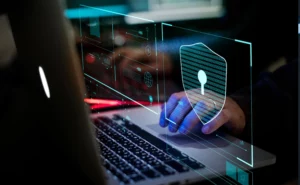



 Facebook
Facebook Linkedin
Linkedin  X
X Youtube
Youtube
